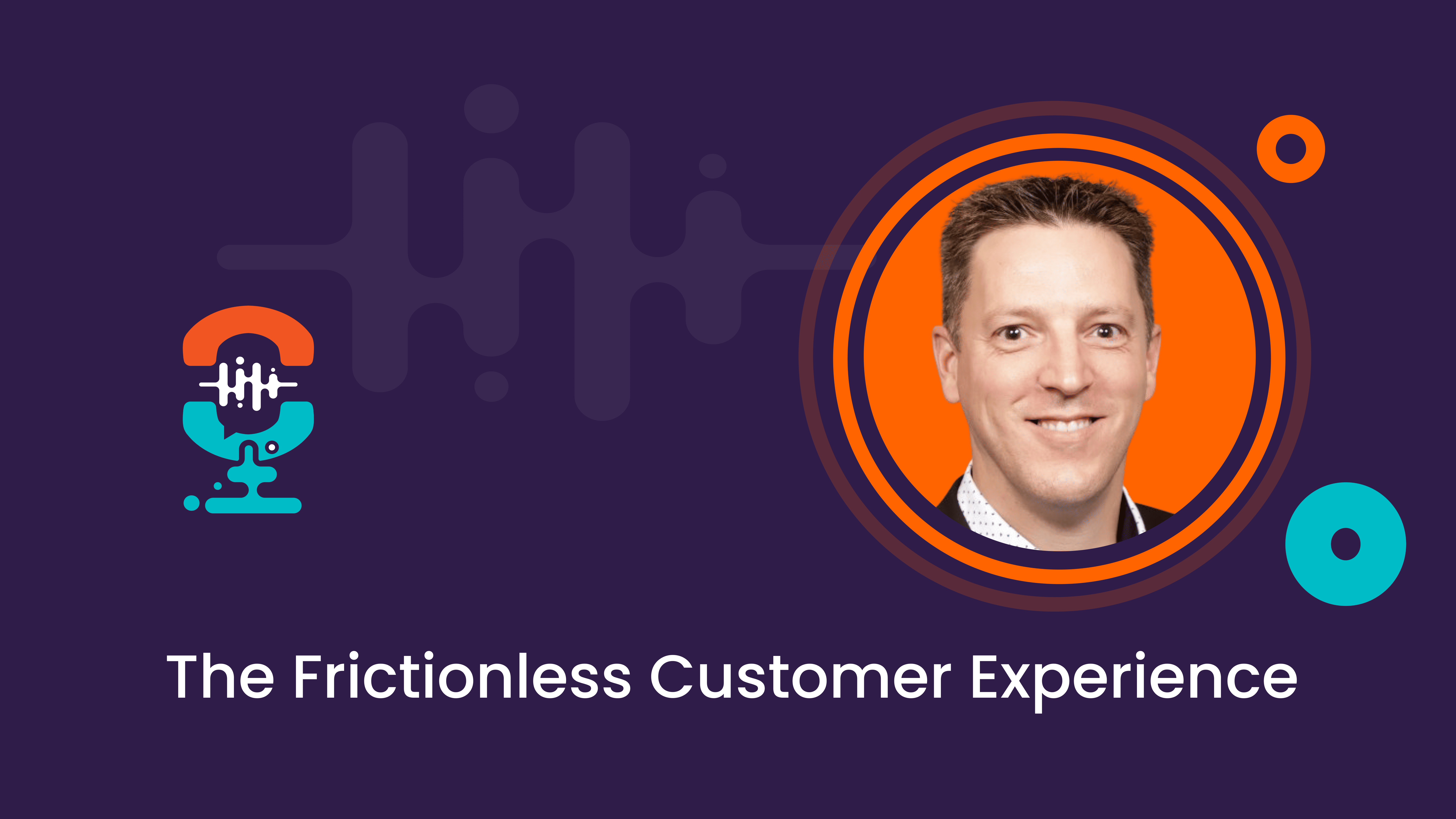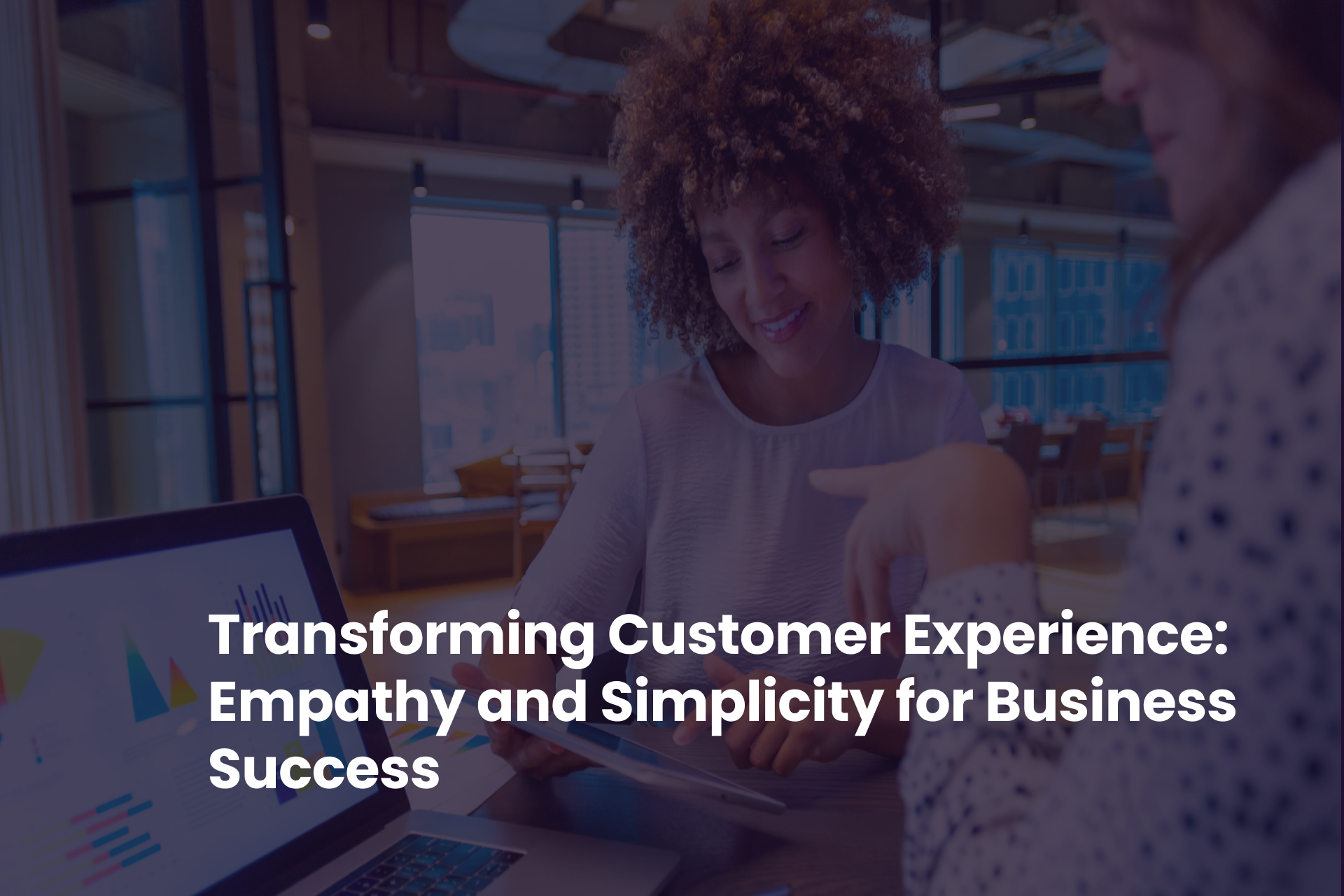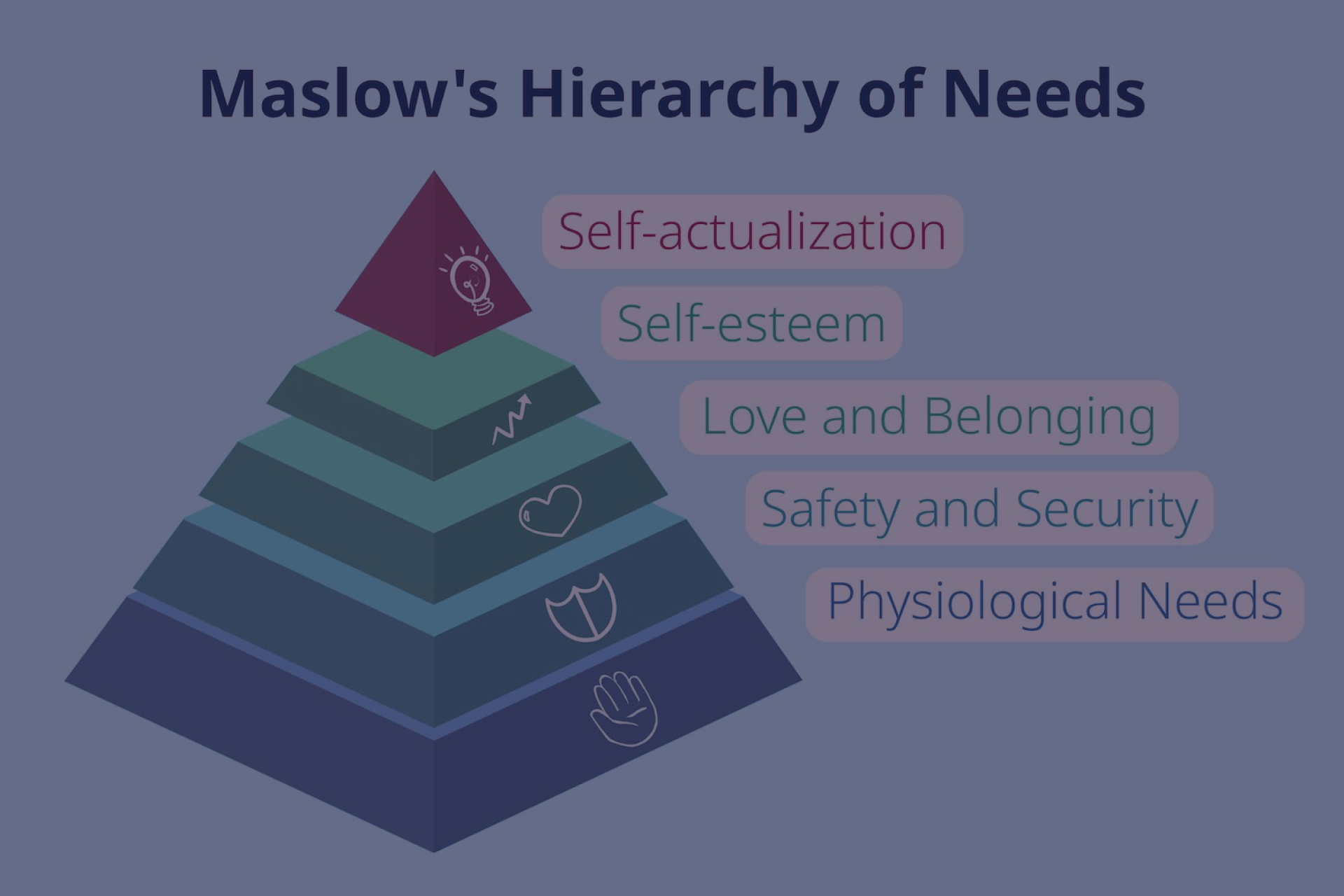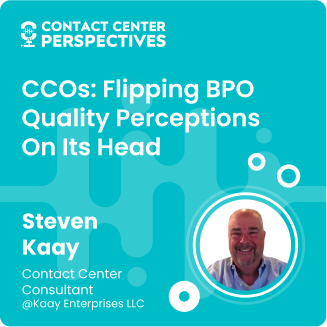The Frictionless Customer Experience

Byline: This article is based on an interview with Patrick Martin, the EVP of Global Customer Experience at Coveo, who has over 25 years of experience in services and support.
The Importance of a Frictionless Customer Experience
In today’s highly competitive business landscape, delivering a frictionless customer experience is no longer just a nice-to-have; it’s a necessity. According to a study by PwC, 32% of customers will leave a brand after just one bad experience, and 59% will abandon it after two bad experiences. Customers now expect easy, personalized, and frictionless experiences, thanks to the influence of companies like Netflix, Amazon, and Spotify.
As Patrick Martin, EVP of Customer Experience at Coveo, explains, “If you’re not creating a frisctionless customer experience, you will struggle.”
In a world where competitors can quickly catch up with features and functionalities, the customer experience becomes the key differentiator.
The Role of AI and Live Agents in Customer Support
Regarding customer support, there is often a debate about the role of AI versus live agents. Some believe that AI will replace live agents entirely, while others argue that live agents are here to stay. According to Martin, both AI and live agents have a role in delivering a frictionless customer experience. AI can handle repetitive tasks and provide self-service options, while live agents can handle more complex issues and provide personalized assistance.
However, Martin emphasizes that AI is only as good as the information it is fed. Companies must ensure that their documentation and knowledge bases are accurate, up-to-date, and easily accessible. AI-generated responses may be incorrect or unhelpful without the right information, leading to a poor customer experience. On the other hand, live agents can leverage their expertise and problem-solving skills to handle unique or complex customer issues. They can also play a crucial role in identifying gaps in documentation and improving the overall customer experience.
Creating a Unified and Frictionless Customer Experience
One of the biggest challenges in creating a frictionless customer experience is the disjointed nature of digital properties and repositories owned by different departments. Customers often must navigate multiple channels and sources of information to find what they need, leading to frustration and wasted time. To address this, companies must bring all these channels and repositories together and create a unified and intuitive experience.
Martin suggests starting by identifying who owns these repositories and bringing all the stakeholders together to discuss how to remove friction. This requires a collaborative effort and the involvement of a chief customer officer or a similar executive sponsor who can oversee the overall customer experience. By integrating systems, sharing data, and aligning goals, companies can create a seamless experience that guides customers to the most efficient channel for issue resolution, whether it’s self-service or assisted support.
The Challenge of Outsourcing Customer Experience
Many companies outsource their customer experience to external service providers, presenting its own challenges. While outsourcing can be cost-effective and efficient, it can also lead to a disjointed customer experience if not managed properly. Martin suggests two key strategies for maintaining a frictionless customer experience in outsourcing.
First, companies must ensure that their outsourced agents are well-trained and aligned with the brand’s values and customer experience goals. They should be seen as an extension of the company, representing the brand consistently and customer-centric.
Second, system integration ensures that information flows seamlessly between the company and the outsourced service provider. This includes integrating ticketing systems, live chat platforms, and other tools to enable a smooth handover of customer interactions. By addressing these challenges, companies can maintain a seamless and frictionless customer experience, regardless of whether the support is provided in-house or outsourced.
Conclusion
Creating a frictionless customer experience is essential for business success in today’s competitive landscape. Customers have high expectations and will abandon a brand after just one or two bad experiences. To deliver a consistent and intuitive experience, companies must bring together their digital properties, integrate systems, and prioritize efficient channel guidance. AI and live agents have a role to play in customer support, with AI handling repetitive tasks and live agents handling more complex issues. When outsourcing customer experience, companies must ensure robust onboarding, system integration, and a seamless customer experience. By prioritizing the customer experience and involving customers in the discussion, companies can differentiate themselves and build long-term customer loyalty.
Looking for specific information?
Our specialist will help you find what you need in customer service outsourcing
Book a callDiscover Contact Center Perspectives Podcast
Discover the themes that resonate most with your challenges
 English
English





